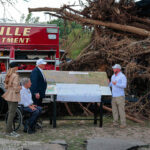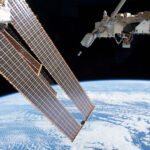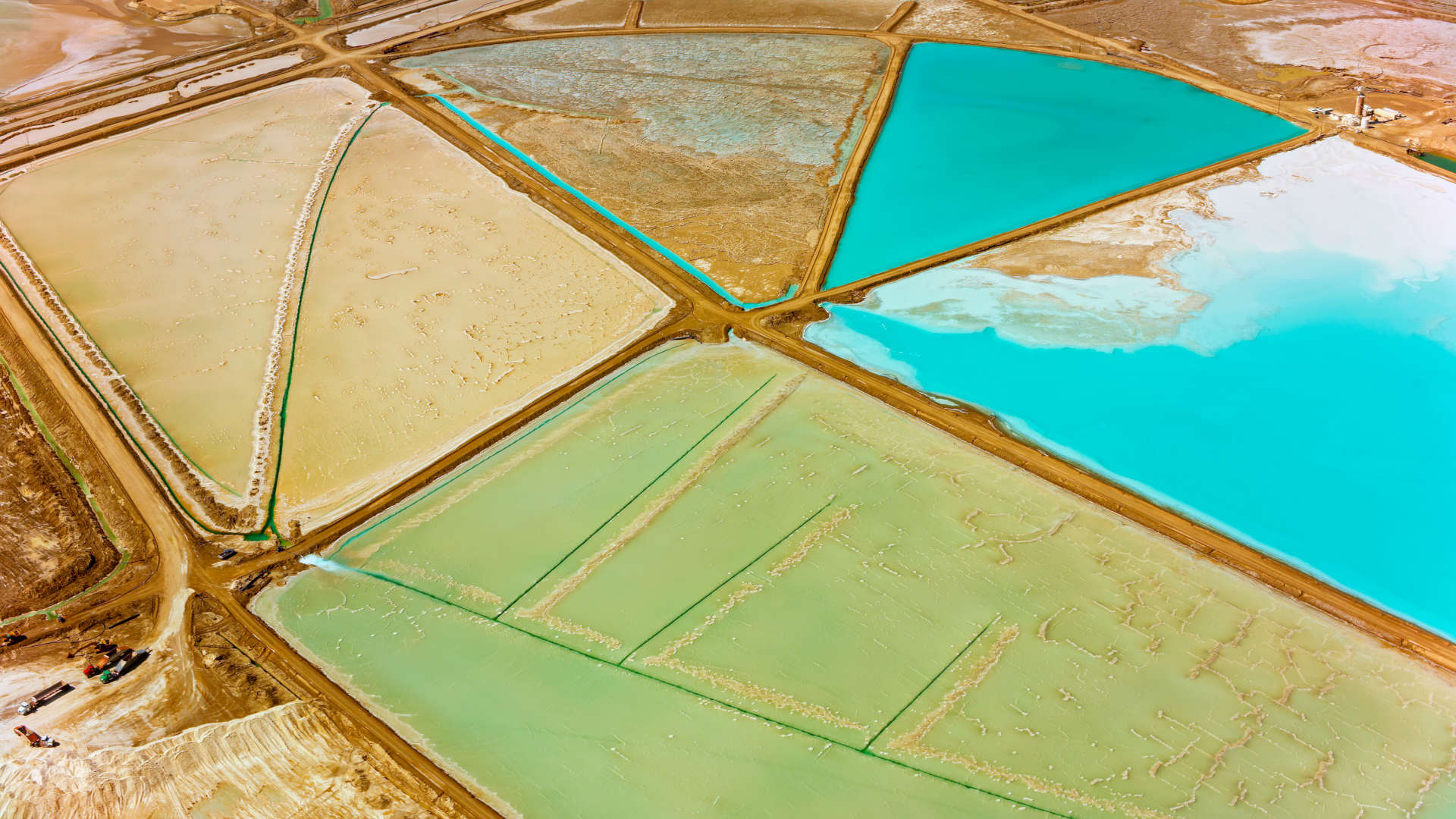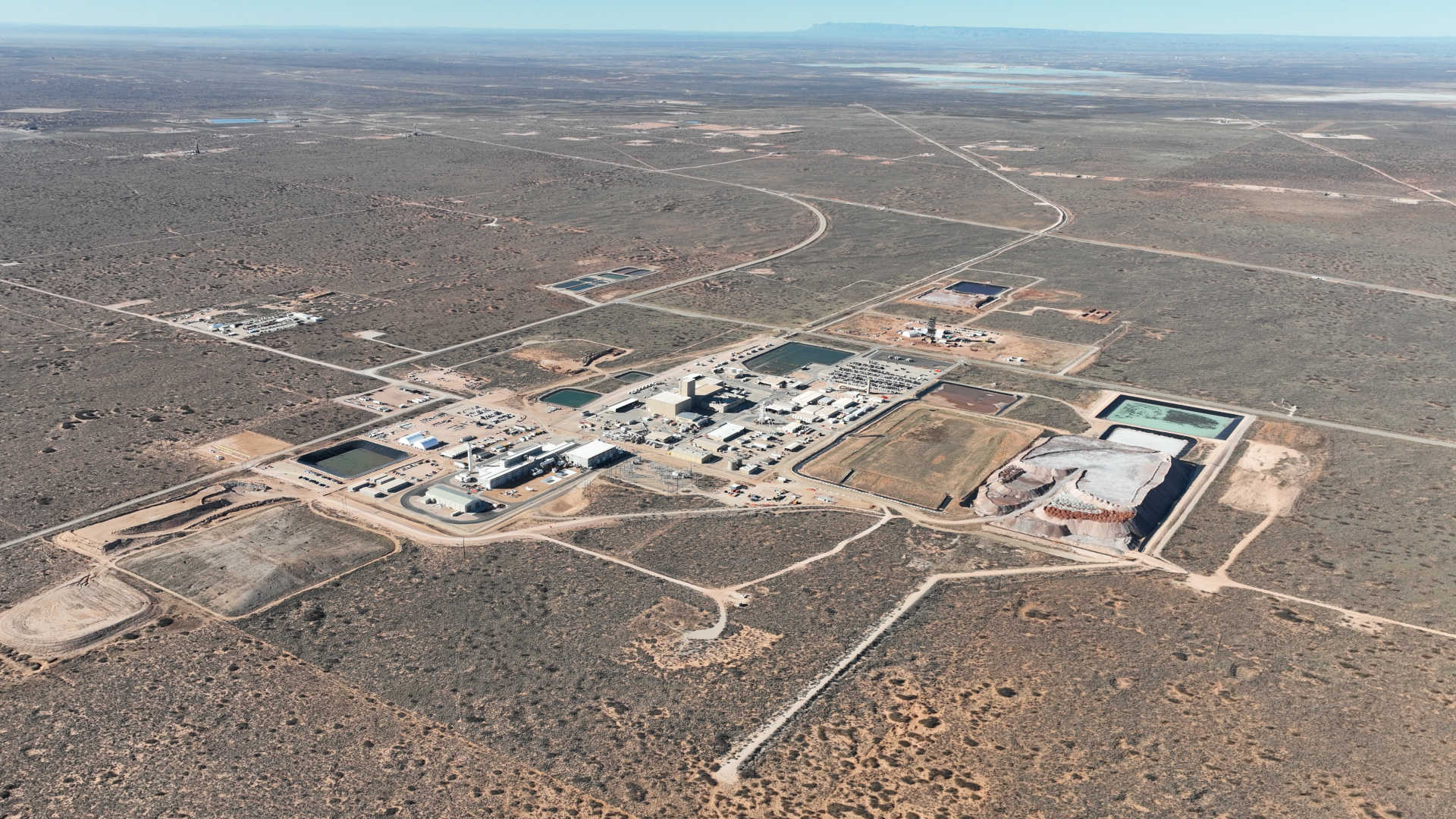The astronomer Carl Sagan once said, “If you wish to make an apple pie from scratch, you must first invent the universe.” That universe must then invent the first atoms, which will make up the first stars, which will fuse those initial elements into larger ones. Stars will explode and die and crash into each other, those cataclysms building heavier elements.
Eventually, billions of years later, the universe will produce an Earth whose insides are filled with heavy elements and a population of humans who would like to dig them out and put them to use.
That extractive desire and its consequences form the subject matter of two recent books: “Chain Reactions: The Hopeful History of Uranium,” by Lucy Jane Santos, and “Power Metal: The Race for the Resources That Will Shape the Future,” by Vince Beiser.
Despite their topical differences, both books are fundamentally about the building blocks of innovation, the lengths to which we’ll go to obtain those blocks, and the destruction those pursuits have wrought. Yet Beiser and Santos both spin their tales optimistically, refracting them through the lens of how the future could be energetically better than the past, and highlighting how our interactions with raw resources might improve.
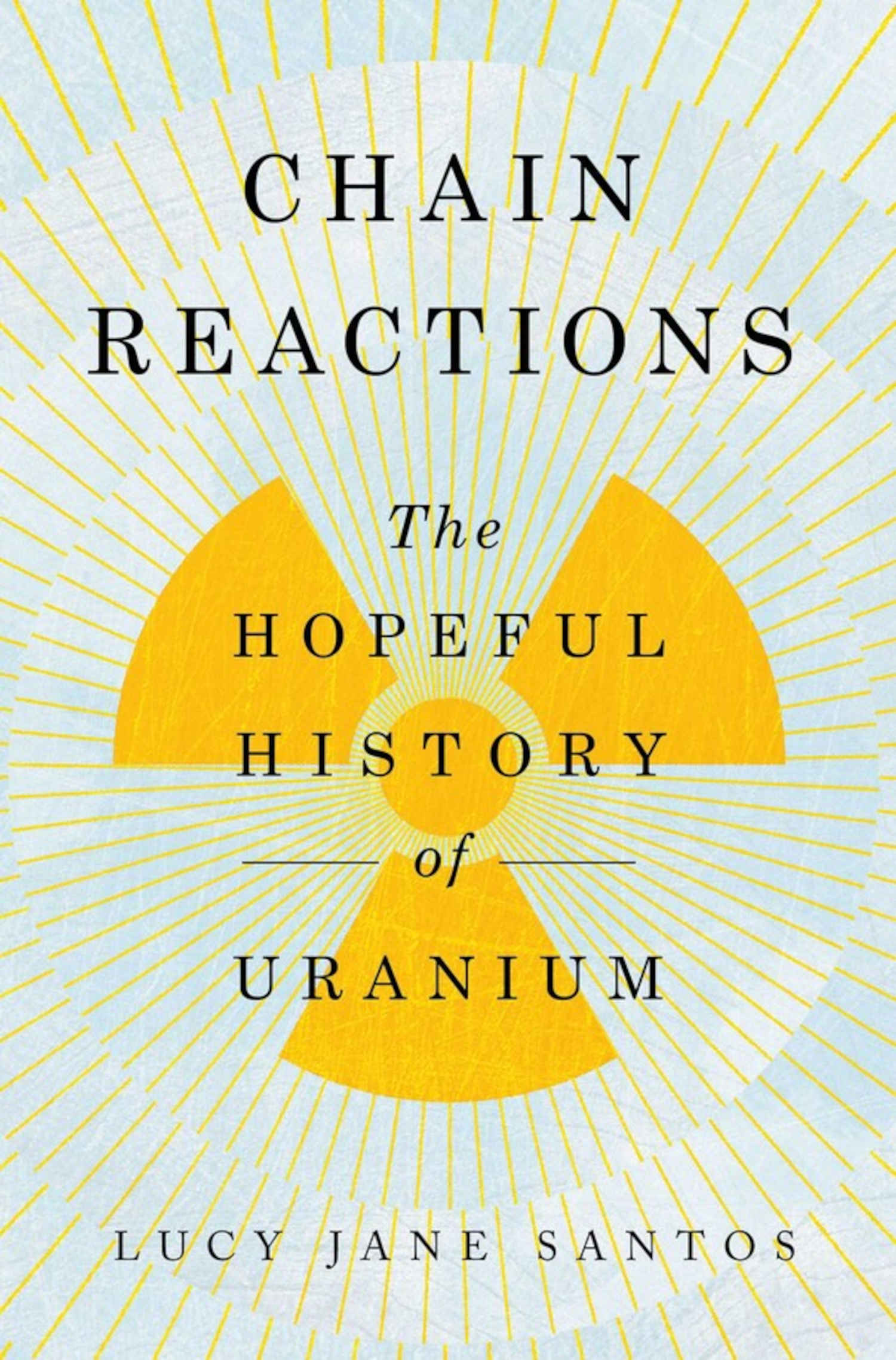

In 2018, Beiser, a journalist, bought an electric car. “And, man, did I feel virtuous,” he writes in a confessional, conversational tone that carries through the book. “There I was, with my unglamorous but morally exemplary used Nissan Leaf, doing my part to save the Earth.”
That gloss didn’t last long, as Beiser soon began to consider all the elemental stuff his car comprised, and where it all had come from. For that matter, his thinking continued, what about all the stuff that enables what he calls the three pillars of modernity: all the other electric cars, digital technology, and renewable energy sources? What are the consequences of how we find and use the indium that sensitizes touch screens and the lithium that weighs down Tesla batteries?
Those innovations are part of what Beiser calls “the Electro-Digital Age,” and his research brought him to a stark conclusion: “Taken together, the three pillars of the Electro-Digital Age are inflicting tremendous but largely overlooked harm all around the planet,” he writes, “including environmental catastrophes, child labor, slavery, robbery, and murder.”
“There I was, with my unglamorous but morally exemplary used Nissan Leaf, doing my part to save the Earth.”
“Power Metal” goes on to explore all the places those metals come from and where they end up. The book is trisected: The first part explores metal acquisition; the second part deals with electro-digital waste and recycling; and the third looks at the reuse and refurbishment of technology and its materials — along with how to need less in the first place. Each chapter provides a vivid and often in-person reckoning with one part of the supply chain, taking readers from the crayon-bright lithium pools of Chile’s Atacama Desert to a Vancouver dumpster, where a scrapper named Steve is seeking copper, to the California offices of iFixIt, a company that helps people repair devices they might otherwise toss.
“Chain Reactions,” being about the past, doesn’t have those same on-the-ground moments. But it is full of similarly bright detail, as Santos, a science historian and consultant, lays out the ways that uranium has been found and extracted from Earth, penetrating human life. “Erosion and weathering gradually unveiled uranium-bearing ores,” writes Santos, “exposing their vibrant hues and eventually ensuring a worldwide search for the element as scientists and governments sought to first understand and then control its powers.”
“This story starts just a smidge under 5 billion years ago,” the book begins, as the solar system began to take shape, congealing elements like uranium into planets. In chapters organized chronologically — with uranium as the main character — Santos then traces the radioactive element’s significance through human society. Its uses begin as decorative — turning glass yellow-green in the 1830s, for example — and eventually become scientific, as uranium’s oddities helped scientists discover atoms’ basic structure, and how that structure breaks down and transforms during radioactive decay.
“Erosion and weathering gradually unveiled uranium-bearing ores, exposing their vibrant hues and eventually ensuring a worldwide search for the element.”
But long before uranium became an essential component in nuclear power and nuclear weapons, it was part of a series of curiosities that “Chain Reactions” details with the wry glee of hindsight: It was incorporated into false teeth and wine, employed to develop photographs, and used dubiously to treat diabetes, incontinence, ulcers, and hemorrhaging. Santos tracks these developments, mining long-forgotten bits of history.
But uranium’s darker history — mainly its role in creating nuclear weapons — has never been forgotten, even becoming bound up in how we think about the element’s peaceful uses, like nuclear energy. “We are incredibly bad at working out the real risks and separating out what has gone before and what can happen in the future — especially, so it appears, when it comes to nuclear energy,” writes Santos. “And when you consider the language we use, this isn’t surprising — we just can’t get away from atomic bombs and destruction. So, we use the word ‘nukes’ as a shorthand for both weaponry and power plants.”
The idea for nuclear weapons may have first appeared in a 1914 science fiction novel called “The World Set Free,” by H.G. Wells, in which “a scientist converts the substance ‘Carolinum’ into three atomic bombs which would continue to explode indefinitely,” writes Santos.

Nearly 20 years later, in 1933, physicist Leo Szilard explored the idea — apparently while in a bathtub at the Strand Palace Hotel, one of the many quirky details in Santos’ account. Szilard imagined what would happen if a radioactive element like uranium — when packed tightly enough with others of its kind — absorbed a neutron, fissioned, and then released two neutrons. “These two neutrons could, in turn, trigger a similar reaction in nearby atoms, creating a self-sustaining chain reaction,” Santos writes of his thinking.
Not long after, scientists began considering a bomb that harnessed that reaction. And they began to wonder, with the onset of World War II, whether German scientists were thinking similarly. “What if Germany, now isolated from the rest of the scientific community, used its still remarkable expertise to become the only country to develop a uranium bomb?” writes Santos. The U.S. eventually decided to try to beat the Germans to that possibility.
Which it did, with the Manhattan Project. To make such a bomb work, though, the country would need a lot of uranium. Which meant mining, at home and abroad. That — and the post-war realization that nuclear fission could also provide cheap civilian energy — led to a desperate and destructive quest for uranium, in places like the American West, Canada, the former Czechoslovakia, and what was then called the Belgian Congo. With that came an international tug-of-war over resource control that is also reflected in today’s tech-driven hunt for precious substances that lies at the heart of “Power Metal.”
Long before uranium became an essential component in nuclear power, it was incorporated into false teeth and wine, and used dubiously to treat some medical conditions.
Both books highlight the ways the desire for raw materials has harmed the planet and its people. In mining cobalt, which is used in electric car batteries and cellphones, Beiser recounts particularly bad scenes at unlicensed, “artisanal” mines. “Men wearing nothing but shorts, T-shirts, and flip-flops, with flashlights strapped to their heads, spend their days in deep, cramped, underground tunnels, chipping out cobalt with hand tools,” he writes of such mines in the Democratic Republic of the Congo. “Helmets and safety goggles are rare accessories.”
“The dangerous dust they breathe in is the least of their worries,” he continues. There are more immediately lethal hazards, like tunnel collapses and landslides. In 2018, a truck hauling acid tipped over in the Democratic Republic of the Congo and killed 18 people.
“Chain Reactions” demonstrates that this human toll is not a new problem. In the Four Corners region — the spot where New Mexico, Arizona, Utah, and Colorado come together — uranium abounds, and people have long been seeking it for nuclear weapons and energy. And even before the Cold War, Santos writes, miners were hunting for radium, another radioactive element.
Most of the land has belonged to the Diné Bikéyah, or Navajo Nation, Santos notes. “The US government established a precedent of unfulfilled commitments, unequal treatment, and a failure to comprehend or address the requirements of Indigenous Peoples,” she writes. “And this already destructive relationship was compounded by the richness of the land itself, which was in turn exploited for a rapid succession of energy resources.” One of them being uranium.
Starting around the end of World War II, the uranium mine workers, often Navajo, breathed radioactive particles all day, with little official concern for their safety. “The Washington Post played a vital role in exposing the ineffectiveness of federal agencies in regulating the mines by publishing a series of impactful articles and editorials” in the 1960s, Santos writes.
The broader message of both books is that if humans are to have phones and batteries and bombs and greener energy, they have to get the materials to make them — and that getting inevitably comes at a cost. “There are no solutions, no technologies, no social or economic developments that bring only benefits,” writes Beiser. “Every development, however positive, also has some kind of downside. There are always winners and losers. The shift to renewable energy will ultimately benefit most people, but, in the process, it will impose a steep price on some people.”
Often, it turns out, those are the people who benefit least, and who did little to spur the race to build the next weapon or technological advance.
“The shift to renewable energy will ultimately benefit most people, but, in the process, it will impose a steep price on some people.”
As global warming continues to rise, the demand for uranium and power metals — both components of non-fossil-fueled energy — is also rising. Given that reality, maybe it’s no surprise that both books conclude with overt calls to action. “As we strive to combat climate change and embrace low-carbon energy sources, the ability to split atoms and provide a reliable baseload power supply will be crucial for meeting continuous electricity demand and maintaining grid stability,” Santos writes.
Beiser, meanwhile, calls on readers to reduce the amount of those metals we need — by living more simply and by not buying cars, including electric ones, and instead riding bicycles, using public transit, and embracing less car-centric urban planning. “The less we consume, the less energy we need,” he writes. “The less energy we use, the less metal we need to dig up, the less pollution we generate, and the less dependent on foreign suppliers we are.”
The optimism from both authors, though, doesn’t quite fit with the hunger and carelessness that play out in the pages of their books, which are set decades apart and yet show humans to be the same. But maybe, in this case, it is possible to reinvent the universe.







